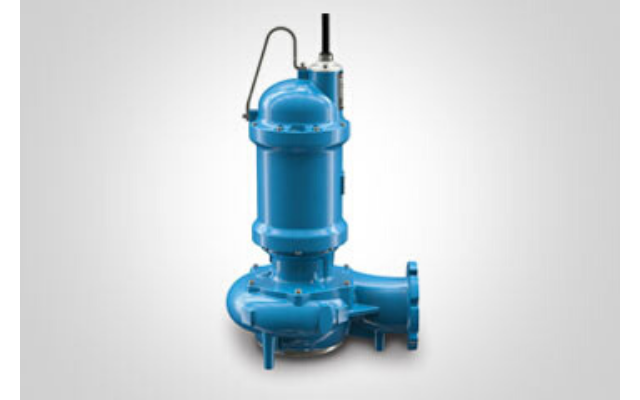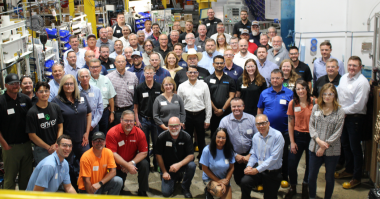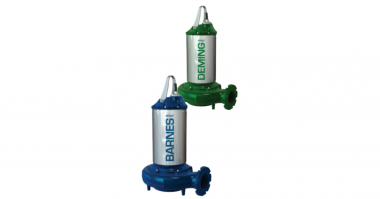Chopper Pumps And Non Clogging
Chopper pumps are used extensively in heavy-duty solids-laden water applications including municipal wastewater, industrial sewage, food processing, agricultural byproduct, and raw untreated drainage run-off from metal, paper and chemical industries.
Chopper pumps increasing popularity can be attributed to the combination of increasing solids loading in water streams and decreasing water drain-off from residential, commercial and industrial sources. Chopper pumps solve the biggest challenge that municipalities and private wastewater treatment operators face – Clogging
Different Chopping Technologies
Several chopper solutions are available in the market. All solutions include two sets of blades or cutters moving against one another, and producing a cutting action on the solids to reduce their size.
The relative movement between the blades or cutters is achieved by usually securing one cutting surface (blade) to the pump casing, and rotating the other cutting surface (blade) by either affixing it to the impeller or by making use of a hardened impeller. The number of cuts per minutes depend on each solution’s design and RPM.
The design, position and relative movement of the cutting surfaces determine the effectiveness of chopping and the ability to reduce solid size. In almost all designs, the rotating cutting surface ‘strikes’ against the stationary cutting surface to produce chopping action. There are very few, if not only one, chopper pumps that are designed to ‘slice’ solids instead of chopping them.
The Barnes Sithe chopper pump’s patented design employs a stationary striker plate and a rotating slicing blade that tears and slices solids. Slicing and chopping actions are analogous to cutting with a scissors and a knife.
Science Behind Chopping Action
The act of chopping consists of two surfaces hitting one another till one survives and the other doesn’t. This creates a ‘compressive explosive force’. At high speeds, such as a pump, the solid being chopped is typically pinched until it can compress no more, and the solid reacts by breaking apart from the inside out. The explosive forces can be high enough to disintegrate the solid into two finer pieces instead of actually chopping the solid from end to end.
Science Behind Slicing Action
The science behind slicing is much different. When a ‘pair of scissors’ cut a solid, the blades’ surfaces slide down the solid, cutting it from the outside in a tearing motion. The cutting force needed to separate a solid in slicing is less because it is distributed across the cutting surfaces at different times instead of all in one moment. The force of cutting a solid is distributed along the cutting surfaces as the solid slides between the cutting surfaces.
Impact On Pump Reliability
Internal components of a chopper pump handling solids laden water experience minimal stress when pumping water.
However, as the cutting surfaces come in contact with a solid, stress increases till the solid is cut and leaves the edges of the cutting surfaces.
Chopping and slicing actions exhibit different levels of stress on a pump’s components. The slicing action’s sliding shear frictional force is relatively less compared to the chopping action’s compressive explosive force.
As a result, the stress on impeller, seals and bearings are lesser in slicing action. When these wear parts are exposed to lower stress levels, they last longer and overall life cycle cost decreases.




